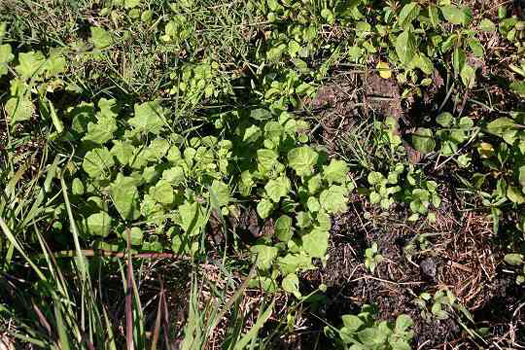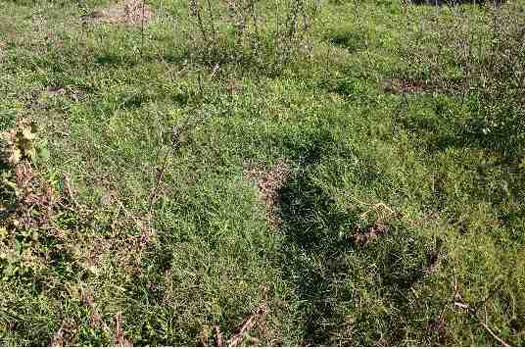New Options for Tropical Soda Apple Control

Tropical soda apple (TSA) has been a thorn in the sides of Florida cattlemen for some time now. Once identified in the 1980’s, University of Florida researchers quickly took action to provide best management practices for TSA control. Remedy® herbicide at 2 pints per acre has been the standard herbicide for TSA control for many years. Other products such as Velpar® and Banvel® were also evaluated, but were found to be inconsistent or cost-prohibitive at the rates needed for optimum control. Remedy provides >90% control 30 days after treatment, but control 6 to 12 months after treatment declines rapidly. This is due to emergence of new TSA seedlings as Remedy has no soil residual activity. Additionally, Remedy does not control older TSA plants very well and various growth stages are often present. To overcome this, we recommended mowing plants in April prior to fruit establishment, and treating the infested area with Remedy approximately 60 days later.

Two new herbicides will be available from Dow AgroSciences in early 2006 for TSA control: Milestone® and Forefront®. Milestone contains aminopyralid, the active ingredient many cattlemen have heard of over the past couple of years. This is an exciting time as cattlemen will be able to control all stages of TSA plants with one application and without mowing. Additionally, aminopyralid has some soil residual activity, preventing TSA establishment for at least 3 months. Use rates of Milestone range from 5 to 7 fluid ounces per acre for TSA control is projected to cost approximately $2.50 per fluid ounce. To increase the weed control spectrum, Dow AgroSciences developed Forefront. Forefront contains both aminopyralid and 2,4-D. The use rate for Forefront is at least 2 pints per acre, which is approximately equivalent to applying 5 ounces of Milestone. Cost per acre for applying Forefront is expected to be similar to that of Milestone.
Preliminary experiments have shown that the optimum application timing for these herbicides in south Florida may be in the month of December followed by spot treatments in the spring. In north Florida, applications in May are best, which should effectively control TSA until frost when seasonal temperatures cause growth to stop.
Remedy Herbicide was applied 71 days before this picture was taken. While Remedy provided nearly 100% initial control in these plots, new seedlings are able to emerge since this herbicide does not have any soil residual activity.
Milestone herbicide was applied to this plot 150 days before this picture was taken. Note that there are no new TSA seedlings. Milestone soil residual activity will depend on the environmental conditions in any given area, but should provide at least 3 month of soil residual control of TSA.

